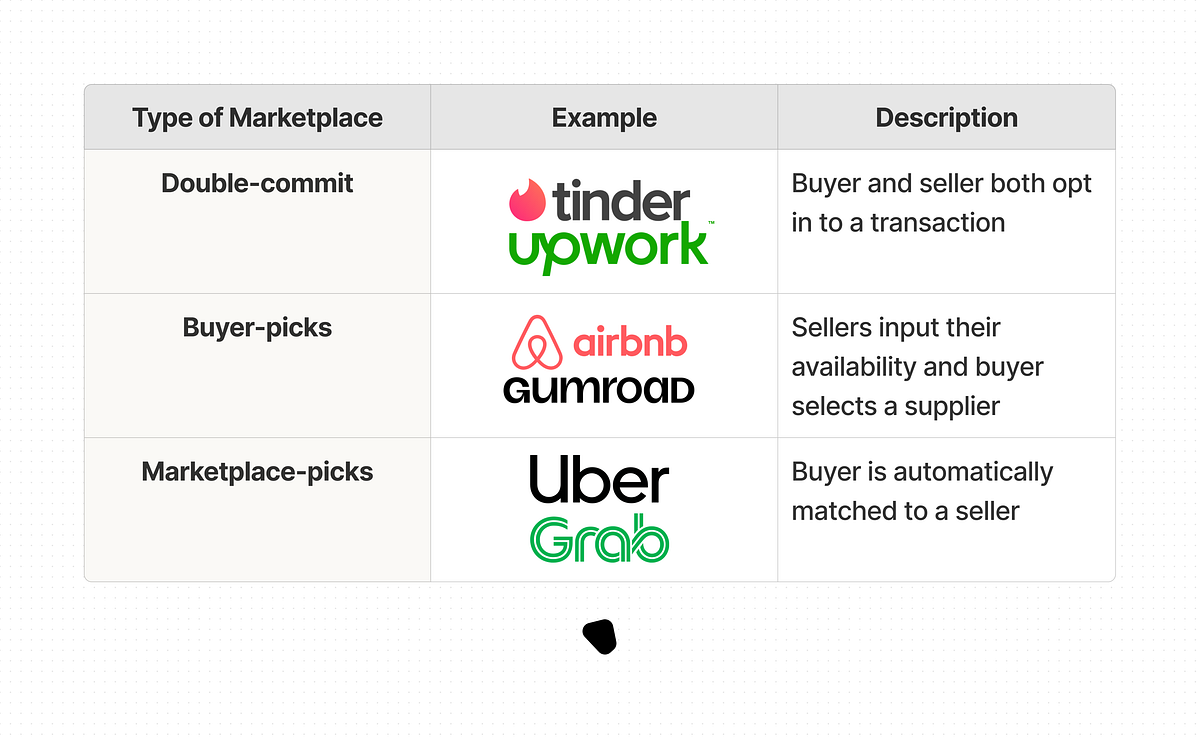The Hookup Critic
Your go-to source for honest reviews and tips on dating and relationships.
Marketplace Liquidity Models: When Supply Meets Demand in Unexpected Ways
Discover how marketplace liquidity models reveal surprising trends in supply and demand. Unlock insights that can transform your business strategy!
Understanding Marketplace Liquidity Models: Key Concepts and Implications
Marketplace liquidity models play a crucial role in determining the efficiency and effectiveness of trading environments, whether in financial markets, e-commerce, or peer-to-peer platforms. At its core, liquidity refers to the ease with which assets can be bought or sold in a market without affecting their price. Understanding the different types of liquidity models—such as order book, automated market maker (AMM), and batch auction—is essential for anyone looking to navigate these complex systems. Each model has its own structure and operational mechanics, influencing how transactions occur and how participants interact with one another.
In the context of marketplace liquidity, several key factors must be considered. Among these are transaction costs, market depth, and price volatility. A marketplace with low transaction costs typically encourages more trading activity, thus enhancing liquidity. Furthermore, a deeper market can absorb larger trades without significant price changes, while high price volatility often leads to increased risk and can deter participation. Therefore, understanding these implications not only helps market participants make informed decisions but also aids platform operators in designing more robust and user-friendly marketplaces.

Counter-Strike is a popular first-person shooter game that has captured the hearts of gamers worldwide. With its tactical gameplay, players can join either the terrorist or counter-terrorist team to complete objectives. For those looking to enhance their gaming experience, using a daddyskins promo code can provide unique skins and boosts.
How Unexpected Demand Shifts Impact Marketplace Liquidity
Marketplace liquidity is profoundly influenced by unexpected demand shifts, which can create both opportunities and challenges for sellers and buyers alike. When a sudden surge in demand occurs, it often leads to a liquidity crunch as the supply may not be able to keep pace. This scenario can arise from various factors, including seasonal trends, economic changes, or unforeseen events such as a global pandemic. The ability of a marketplace to absorb these shifts largely depends on its structure and the responsiveness of its participants.
To understand the implications of unexpected demand shifts, consider the following key points:
- Price Volatility: Rapid changes in demand can lead to significant price fluctuations, impacting both buyers and sellers.
- Market Accessibility: Liquidity can become constrained, making it hard for consumers to find products or for sellers to offload inventory.
- Long-term Adaptation: Marketplaces that can quickly adapt to demand changes often thrive, while others may struggle and lose their competitive edge.
What Factors Influence Supply and Demand in Marketplace Liquidity?
In any marketplace, liquidity is significantly influenced by a variety of factors that dictate the levels of supply and demand. One of the primary factors is market sentiment, which can shift rapidly due to economic news, trends, or geopolitical events. For instance, a positive financial report can lead to increased demand as investors are more willing to buy, while negative news may result in a higher supply of assets as sellers rush to exit their positions. Additionally, market participants, including retail investors, institutional investors, and market makers, all play a crucial role in determining liquidity through their trading behaviors.
Another critical factor affecting supply and demand is pricing mechanisms. When prices are misaligned due to various reasons like speculation or market inefficiencies, the supply may not meet the demand at the current price, leading to fluctuations in liquidity. Furthermore, externalities such as regulatory changes, tax implications, and technological advancements also contribute to these dynamics. For example, the introduction of a new trading platform can enhance liquidity by making it easier for buyers and sellers to interact, thus balancing supply and demand more effectively.